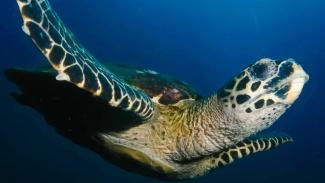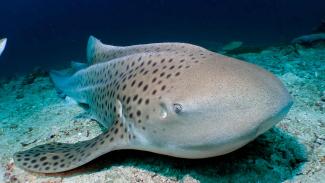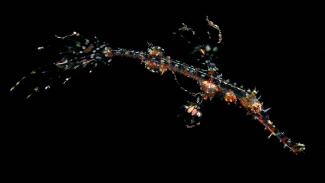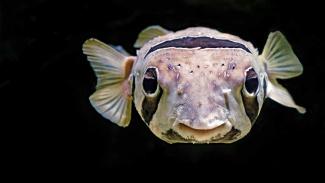Some of the most colourful and graceful of all tropical fishes, the Butterflyfish family encompasses some of the reefs most famous inhabitants.
Many species pair for life and are seen swimming together in perfect synchronisation. They spend much of their time flitting over shallow coral reefs, showing off their vibrant markings and incredible patterns.
These shy fish will only normally allow a close look at their dazzling livery if you approach slowly and quietly.

A healthy reef will have many Butterflyfish, while one that is suffering may see a rapid decline in numbers.
Family variety
Behaviour
They tend to be wary and often change direction suddenly, resulting in a skittish swimming styleand are quick to seek shelter when threatened.
Reproduction
Diet
Defences
FACTFILE
SPECIES: >100
SIZE RANGE: 12-30 cm
DISTRIBUTION:
Found throughout tropical waters.
HABITAT:
Shallow healthy reefs. Some plankton feeding species prefer mid-water in current.
THREATS:
Greatest threat is loss of habitat.
Identification tips
-
Butterflyfish have very thin disk shaped bodies that very little drag when swimming through the water.
-
Many Butterflyfish have a false eye spot near their tail to confuse predators.
-
Butterflyfish usually have a dark stripe through their eye to disguise their heads.
-
Many species have a streamer like extension to the dorsal fin.
-
Butterflyfish are very colourful with a wide variety of patterns and markings. Many species use a combination of yellow, black and white stripes.
Popular species
There are numerous species of Butterflyfish to look out for on a dive. Here are a few popular species.
Coral Beakfish
(Chelmon rostratus)

Often observed in pairs, this striking butterflyfish has beautiful orange bands and a long pointed snout.
Threadfin Butterflyfish
(Chaetodon auriga)

Easily identified by the long trailing filament on the rear dorsal fin. Can grow to 23cm in length. Usually observed in pairs feeding on the polyps of soft and hard corals. Their range is from the Red Sea to Australia.
Longfin Bannerfish
(Hemiochus diphreutes)

Bannerfish are readily distinguished from other Butterflyfish by their incredibly long, trailing dorsal fin.
They are sometimes confused with Moorish Idols - though from a different family, both fish can look very similar at first glance. On closer inspection, the head shape is very different. The Longfin Bannerfish has a yellow tail but the Morish Idol's is black.








